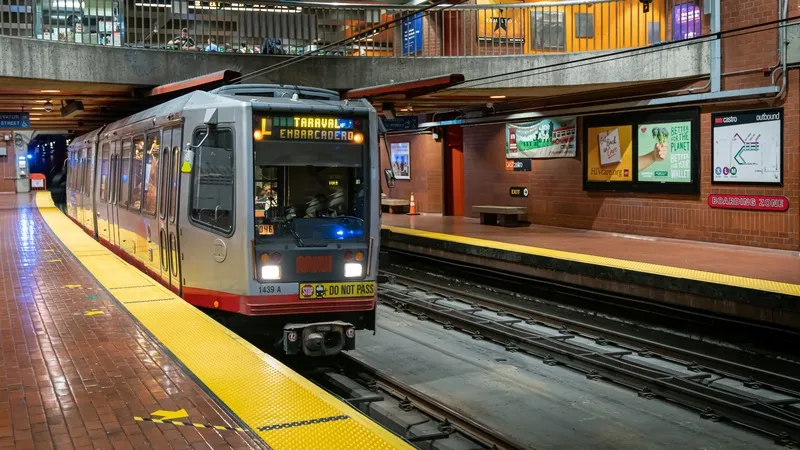Moody’s Investor Services have up-rated the outlook for US toll roads from negative to stable. They think traffic should grow 1.5 per cent on a median basis in 2014, which they describe as a “sustainable comeback” from the three per cent decline since 2009.
They think toll revenues should grow to a “mid-single digit percentage range” in 2013 and 2014 which we guess means 4 per cent to 6 per cent.
They note such an increase in toll revenues is a slowdown from 2012 when big toll rate increases boosted r
December 6, 2013
Read time: 2 mins
Moody’s Investor Services have up-rated the outlook for US toll roads from negative to stable. They think traffic should grow 1.5 per cent on a median basis in 2014, which they describe as a “sustainable comeback” from the three per cent decline since 2009.
They think toll revenues should grow to a “mid-single digit percentage range” in 2013 and 2014 which we guess means 4 per cent to 6 per cent.
They note such an increase in toll revenues is a slowdown from 2012 when big toll rate increases boosted revenues about 11 per cent.
They say: “We are changing our outlook to stable from negative, based on our view that the slow and steady recovery in traffic growth is sustainable into 2014. We expect traffic growth to rise about 1.5 per cent in 2014 on a median basis, based on year-to-date trends for the ten largest toll roads we rate, as the US economy strengthens. This rate marks what we believe is a sustainable comeback from a nearly three per cent decline in 2009, when our outlook turned negative on the industry.”
The 1.5 per cent growth in traffic seen in 2014 trails US GDP which they see growing two to three per cent. Demographic shifts they say are reducing driving relative to GDP.
They say they would shift their ‘outlook’ back to negative if there’s a new recession or if gasoline and diesel prices rise. The trend of fuel prices has been slightly down since 2012.
Indexing and regular increases in toll rates are seen as a new and positive trend for the financial prospects of toll roads. Worrying risks remain the pressure of state governments on toll operators to dedicate revenues to supporting non-paying roads and transit.
They think toll revenues should grow to a “mid-single digit percentage range” in 2013 and 2014 which we guess means 4 per cent to 6 per cent.
They note such an increase in toll revenues is a slowdown from 2012 when big toll rate increases boosted revenues about 11 per cent.
They say: “We are changing our outlook to stable from negative, based on our view that the slow and steady recovery in traffic growth is sustainable into 2014. We expect traffic growth to rise about 1.5 per cent in 2014 on a median basis, based on year-to-date trends for the ten largest toll roads we rate, as the US economy strengthens. This rate marks what we believe is a sustainable comeback from a nearly three per cent decline in 2009, when our outlook turned negative on the industry.”
The 1.5 per cent growth in traffic seen in 2014 trails US GDP which they see growing two to three per cent. Demographic shifts they say are reducing driving relative to GDP.
They say they would shift their ‘outlook’ back to negative if there’s a new recession or if gasoline and diesel prices rise. The trend of fuel prices has been slightly down since 2012.
Indexing and regular increases in toll rates are seen as a new and positive trend for the financial prospects of toll roads. Worrying risks remain the pressure of state governments on toll operators to dedicate revenues to supporting non-paying roads and transit.









